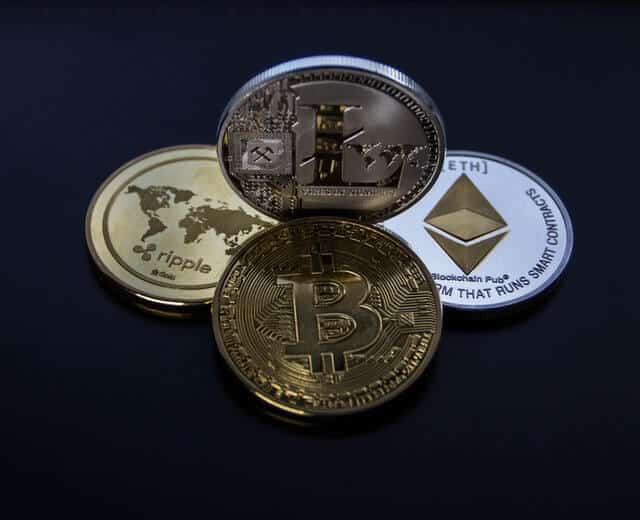The Binance Smart Chain (BSC) became a hot topic in recent months as a large number of users started to enjoy the different benefits offered by this blockchain network. The BSC has some advantages and disadvantages compared to other blockchain networks.
This guide will share with you all the information you should have about the Binance Smart Chain. This network is powered by the Binance Coin (BNB) and it is faster and cheaper than other competitors such as Ethereum (ETH). This is one of the latest announcements of the Binance ecosystem.
What is the Binance Smart Chain?
The Binance Smart Chain is a blockchain network released and developed by the Binance exchange. This platform aims at solving the issues that other blockchain networks were facing such as scalability, transaction times and fees.
With the expansion of the Decentralized Finance (DeFi) market, a large number of projects was created on top of Ethereum. Users could exchange their coins using platforms such as Uniswap or Sushi. However, the Ethereum network became very difficult to use due to the high fees and transaction times.
This is why the Binance Smart Chain became so popular. DeFi projects such as PancakeSwap allow traders to perform the same activities but in a faster and cheaper way. The Binance Smart Chain helps the entire crypto ecosystem develop using a more efficient system rather than Ethereum, which is the second-largest blockchain network but it couldn’t solve its scalability issues.
The Binance Smart Chain is also capable to run smart contracts. This is how the network supports DeFi protocols. At the same time, it is compatible with the Ethereum Virtual Machine (EVM). This makes it easier for developers to move their projects from Ethereum to the Binance Smart Chain.
What is the Binance Coin (BNB)?
Binance Coin (BNB) is among the largest virtual currencies in the world. It is a very important part of the Binance ecosystem powering a wide range of projects, solutions and products. According to data provided by CoinMarketCap, Binance Coin is currently the 5th largest cryptocurrency with a market valuation of $34 billion.
The virtual currency is used to buy and sell other cryptocurrencies on the DeFi platforms running on top of the Binance Smart Chain. At the same time, BNB has been integrated into the Binance exchange. Thus, it is used to pay for trading fees, to participate in different promotions on the Binance platform and also to get access to Initial Exchange Offerings (IEO).
Furthermore, the BNB coin is accepted at a large number of online shops. This enables users to spend their BNB tokens anywhere around the world. There is a large number of use-cases for the BNB virtual currency. As the entire Binance ecosystem continues to grow, we might see new solutions being linked to the Binance Coin digital asset.
Advantages and Disadvantages of the Binance Smart Chain
Of course, as with every single blockchain network in the market, there are some advantages and disadvantages. One of the first things to mention is that the Binance Smart Chain solves the scalability issues experienced by Ethereum.
Users can trade and exchange coins for just a few cents compared to several dollars on the Ethereum blockchain. While a simple trade could cost $0.03 on the Binance Smart Chain, on the Ethereum network it might cost above $10. This is not efficient and it does not allow small traders and investors to participate in the market.
Nevertheless, this degree of scalability offered by the Binance Smart Chain comes with some concerns in terms of decentralization. Ethereum is the second-largest cryptocurrency and blockchain network in the world. It is also considered to be a decentralized blockchain.
However, the Binance Smart Chain is controlled by just a few nodes that are whitelisted by Binance. Thus, the network is relatively closed, small and it does not allow the community to participate in it.
Another positive aspect of the Binance Smart Chain is related to how fast it has expanded. In just a few months, the network was able to attract a large number of users. Indeed, some of the dApps running on top of the Binance Smart Chain registered larger volumes than dApps running on the Ethereum platform for several years.
It shows that the Binance Smart Chain is allowing users to enjoy a wide range of DeFi projects in an efficient way. Nonetheless, it might need to solve some issues in terms of decentralization and community participation.





















